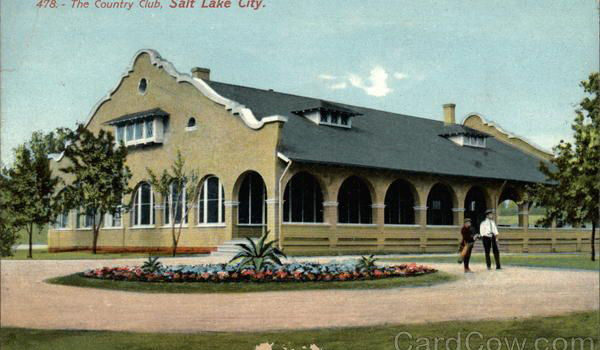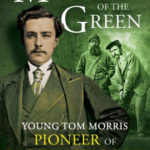Introduction
The History of Golf in Utah mirrors that of the Nation in general with two essential and noteworthy caveats.
The duality of the sport and bifurcation of rules. And why are Golf Courses built and for whom?
The dichotomy of the question is, do we participate in Golf for recreation or competition?
Golf, as a game, was reported to have been played in America as early as the late eighteenth century.
But It was not until the organization of the United States Golf Association in 1894 that Golf in America became standardized as we know it today. The USGA started with five founding clubs, and its stated purpose as written in the History of the USGA was to “promote the interests of the game of Golf, to promulgate a code of rules for the game, and to hold annual meetings at which competitions shall be conducted for the amateur and open championships in the United States.
Pretty straightforward business plan, promote the game, make the rules, and conduct tournaments, basically the role it still plays today in the business of Golf in the United States.
However, more than just a competitive enterprise, played with established rules, Golf’s growth, approval, and acceptance in Utah have as much to do with the Church of Jesus Christ of Latter-day Saints’ attitudes towards play, sport, and exercise, in general. Mormon scriptures preach physical movement and healthy lifestyles as revered commandments. Golf, at its core, became just another component of recreation, another utilitarian endeavor where groups and families could participate in wholesome, outdoor leisure activities.
For the most part, golf courses in rural Utah are practical, no-frills public facilities intended for the local population. When you see a Mormon Ward House with its attendant gymnasium and cultural hall in small Utah cities and towns, a park is nearby. And, somewhere in the vicinity, a golf course is owned and operated by the community.
This surprising statistic explains while almost thirty million people play Golf in the United States on the approximately 15,500 available golf courses in America, Utah has the highest percentage, by an overwhelming number, of municipal golf courses open for public play per capita in the entire country, 18% of the nearly 3,000 courses nationally, versus almost 50% in Utah owned by cities and towns.
The reason is as simple as it is practical.
When Mormon pioneers fleeing religious persecution first entered the Salt Lake Valley, Utah was a clean slate. No one played Golf, and there were no golf courses. In fact, there was not much of anything. Recreation was nonexistent.
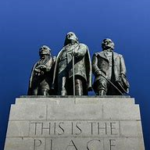
Indigenous tribes of Native Americans had largely left the area leaving the hardscrabble settlers to fend for themselves. With little more than what they could carry on their backs, these early pioneers arrived in the Great Salt Lake Basin scrapping for food, shelter, and the necessities of life.
That soon changed. Six months after Brigham Young led the historic Mormon exodus into the greater Salt Lake Valley and the winter snows had cleared, he sent his envoys throughout the region to explore and colonize potential settlements, with the directive “Go forth and prosper.” When dwellers became established, those hardy pioneers first built a church within which to worship, a cemetery to mourn and bury their dead, and a public park where residents of the community could recreate and gather socially.
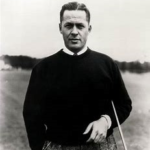
When Golf, introduced in the early part of the 20th century, gained popularity nationally with the likes of Bobby Jones and locally, with Salt Lake native, George Von Elm, brought oversized exposure to the sport, it was only natural for communities to add a golf course to their recreational areas, usually designed, hand-built, maintained, financed, and operated by the local population, which in some measure explains all the quirky, idiosyncratic, modest nine-hole golf courses located throughout the State.
By 1900, there were almost 1000 golf courses in the United States. Most of these were private country clubs that excluded the average working-class citizen. There were few public courses, except for the first public course in America, Van Cortland Park, New York. However, most of the golf courses in America were private country clubs. Participants were successful, well-to-do business people and their families for the most part. Golf was a game enjoyed as a diversion from daily life, much like hunting, riding, tennis, or other leisure pursuits of the wealthy and elite social classes.
When Utah became a state in 1896, its first golf course was also a private country club, intended for the well-heeled and prosperous residents of Utah’s capital city.
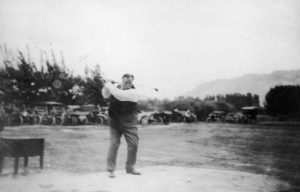
The Salt Lake Country Club, incorporated on October 2, 1899, became the first permanent golf course built between the Mississippi River and California.
It was initially located on Gilmer Drive (1300 East 900 South) near the current East High School. In 1905, the Club relocated to the Forest Dale location at 900 East 2500 South, near the southernmost end of Salt Lake City’s first trolly system line, and constructed the first clubhouse explicitly built for Golf, which still stands today.
Utah’s second golf course, Nibley Park, was envisioned, acquired, built, and always intended to be a public golf course and open to all manner and classes of players regardless of their wealth or social stature.
The land the golf course was created on was purchased by Charles W. Nibley, a wealthy Utah industrialist and Presiding Bishop of the LDS Church, on Christmas Day, 1921, and deeded to Salt Lake City with the stipulation that it would remain a public golf course in perpetuity.
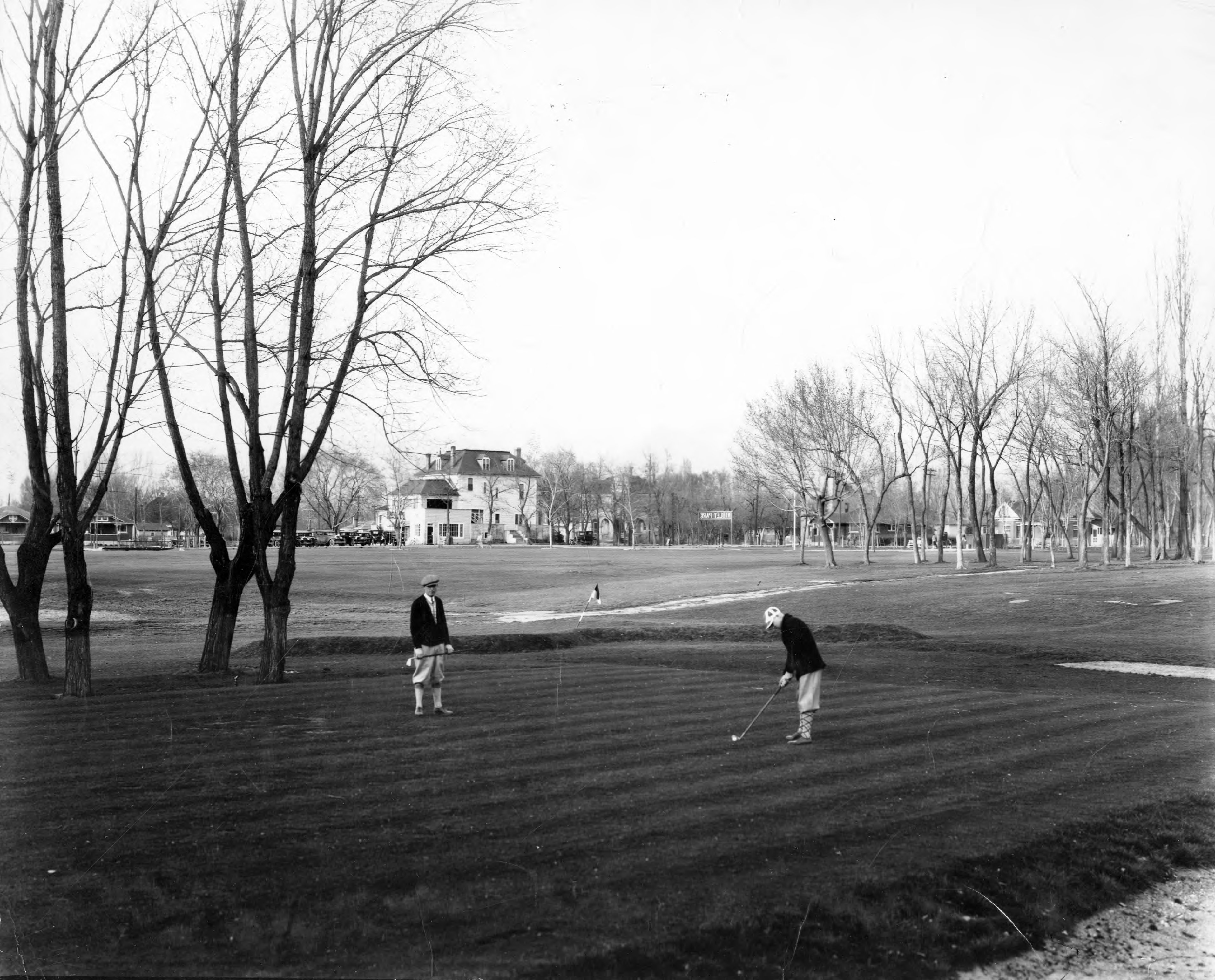
The course, constructed on 100 acres of the remnants of Wandamere Park, a timeworn and antiquated amusement park, is the oldest municipal course in Utah and was a gift, never to be sold, to the city’s general public, both rich and poor, to enjoy and participate in the sport of Golf.
This generous and honorable gesture began an existential pattern of equalitarianism that would continue throughout Utah’s early Golf history, laying a foundation statewide for the creation and construction of public golf courses in the region and the blurring of social equality, impartiality, and tolerance in the public perceptions and involvement in the game of Golf. This trend continues to the present day.
This narrative will describe how Golf grew and expanded beyond its rural county townships and became a recreational pastime for everybody in Utah by providing the three pillars of participation; Acceptance, Access, and Means.
It will also showcase the creation, spread, and diversity of public golf courses in the entire State of Utah, from the scenic red rocks of the southern canyonlands to the pristine and unsullied atmosphere of high mountain valleys that shadow the Rocky Mountains, to the parkland panoramas of suburban and teeming municipalities.
And will establish how Golf has proliferated and grown from the backwater oases of its humble beginnings to picturesque masterpieces of architectural designs that showcase the State’s historical and cultural heritage.
This history will clarify how Golf in Utah became more than entertainment, a muse of the indulgent and privileged leisure class, and became a universal model of how municipal Golf could become a utilitarian social experience, embracing recreation and the outdoors as a social calling, a reason to play, and a game meant to be enjoyed by all who wished to play, not just commercial-related private entities meant for wealthy, privileged, social elites.
And finally, this account will document and record those stories for all generations to come and Utah’s vast share of Golf’s history.
Listen here for my first episode of the History Of Golf In Utah.
Podcast: Play in new window | Download

